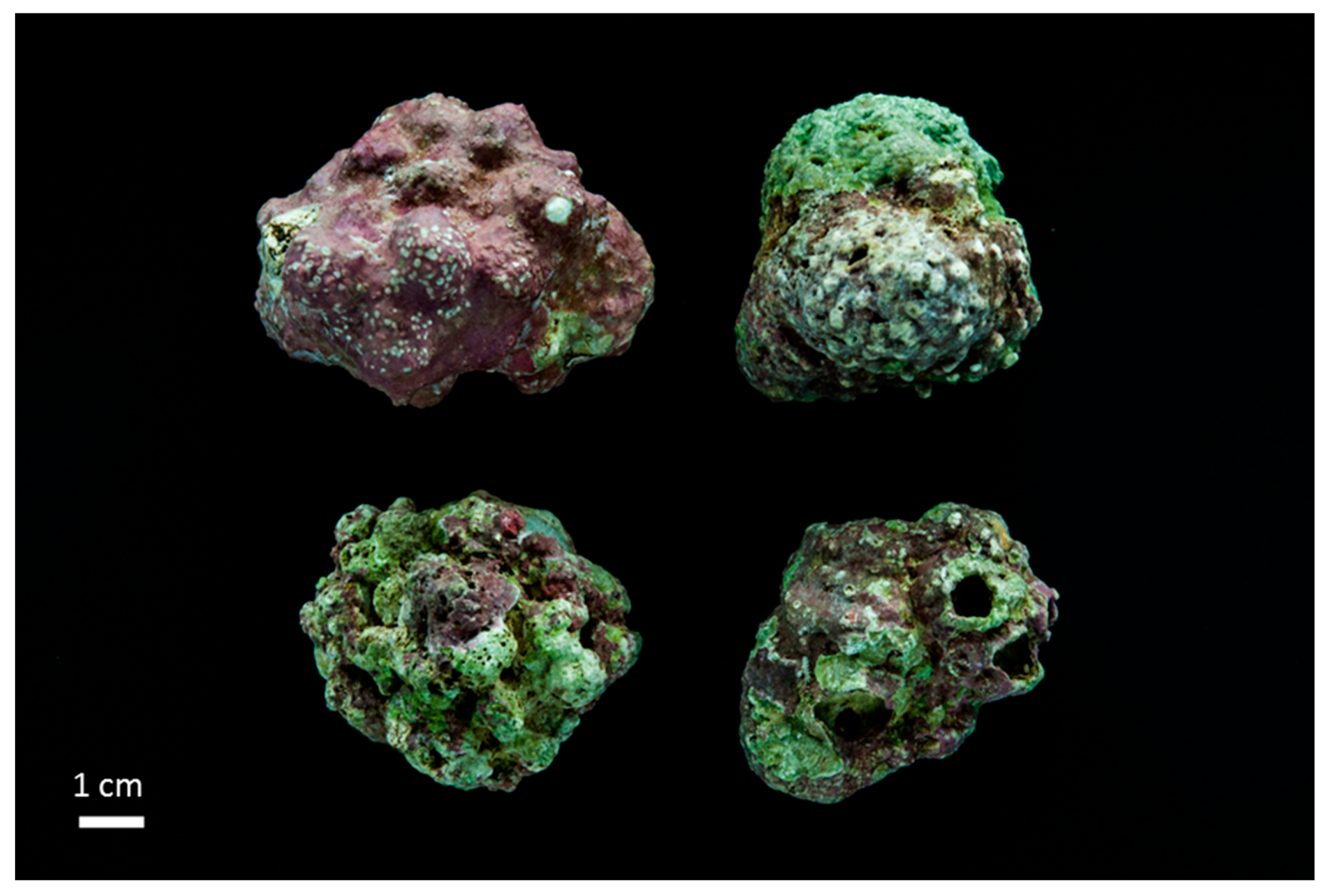Three new shrimp species- Heteromysis fosteri, Heteromysis cancelli, and Heteromysis octopodis, were descovered in False Bay, and now scientists have recorded a rare rhodolith bed, a type of calcareous red algae, in the iSimangaliso Wetland Park.
Researchers from the WILDTRUST vessel – the Angra Pequena, found the treasure of an undersea forest, where there is no sunlight.
Dr. Welly Qwabe, lead researcher, Professor Lucy Woodall from Ezemvelo KZN Wildlife and the University of Exeter (UK) and Dr. Vivienne Coetzee, a postdoctoral fellow at the University of Cape Town, are part of the WILDOCEANS programme.
They found fields upon fields of rhodoliths – red/pinkish algae across the seafloor.
Rhodolith beds are biodiversity hotspots, useful for sheltering marine species.
Their discovery was funded by the National Research Foundation (NRF), Blue Action Fund, the National Department of Forestry, Fisheries and the Environment, Nekton, the South African Environmental Observation Network (SAEON), and Oceans 5.
Picture: Rhodolith bed, MDpi

